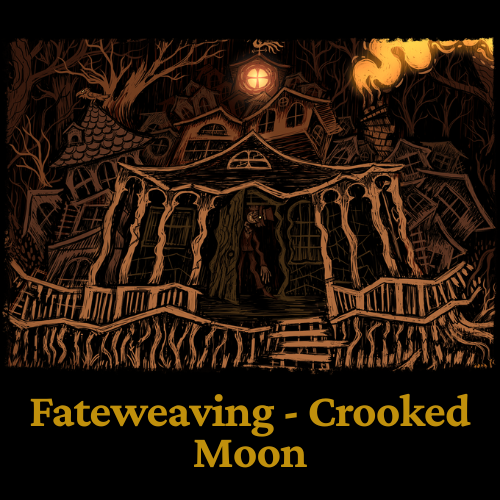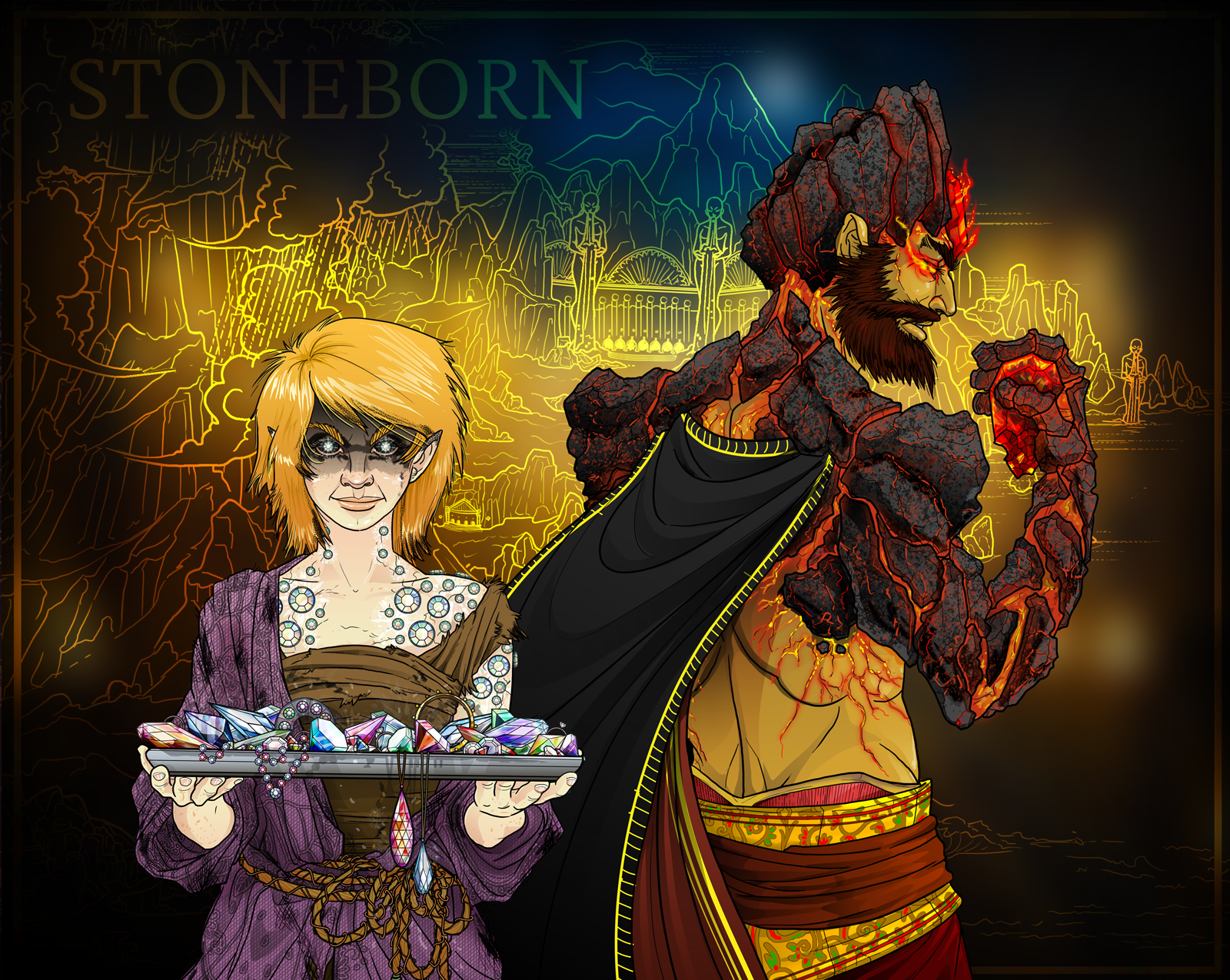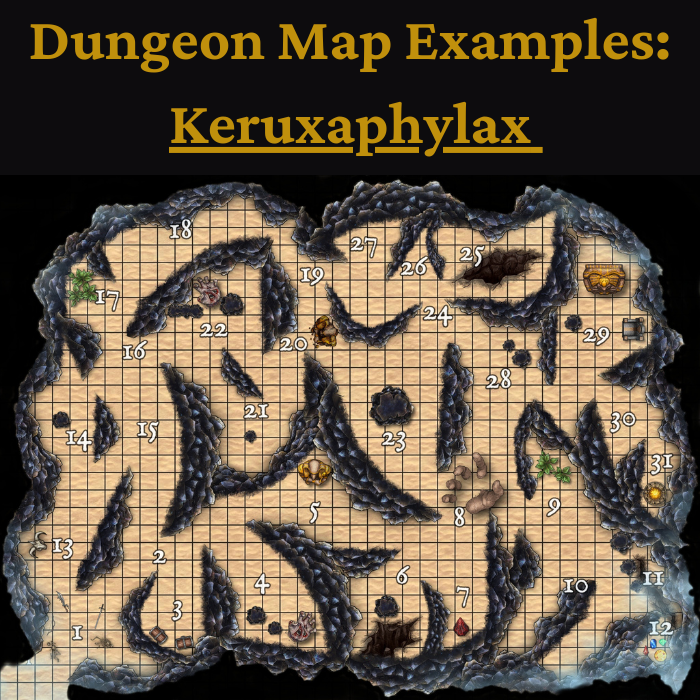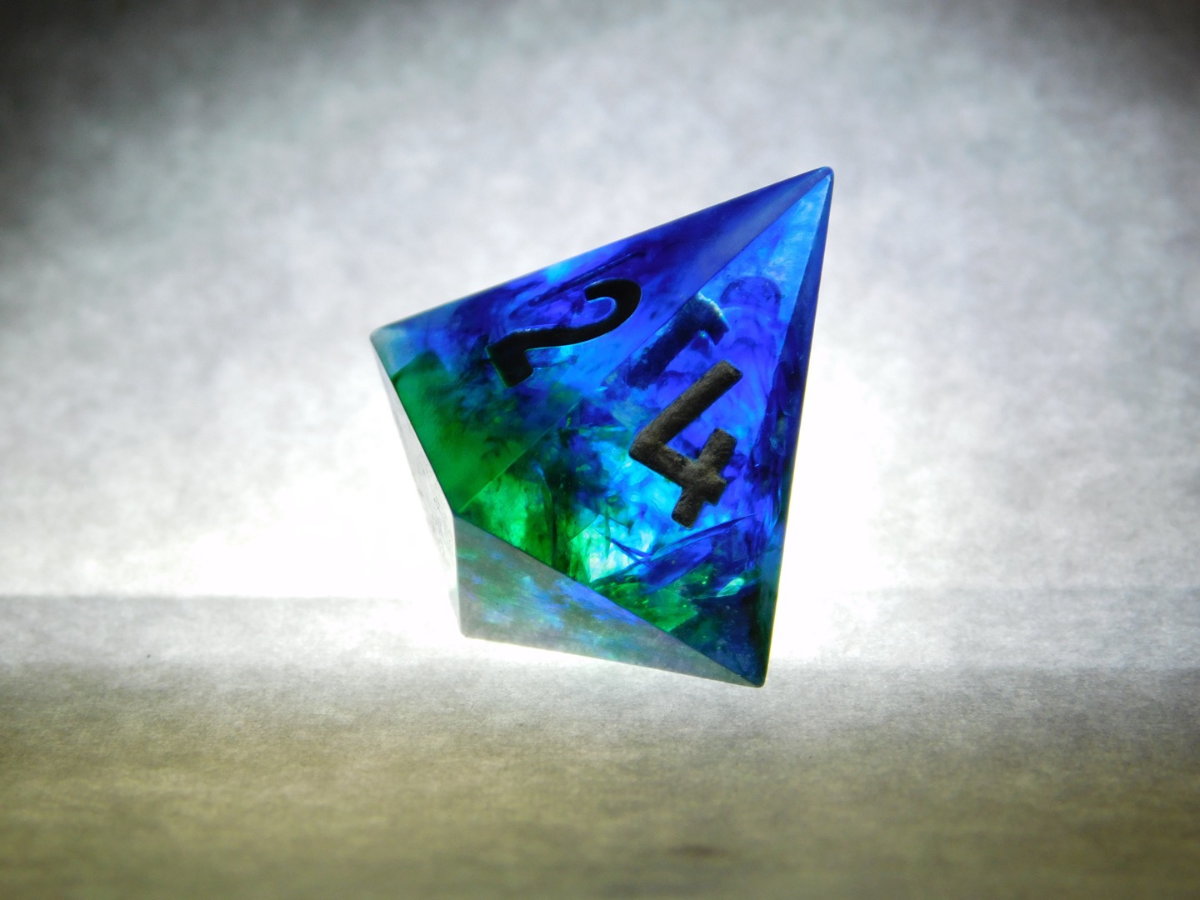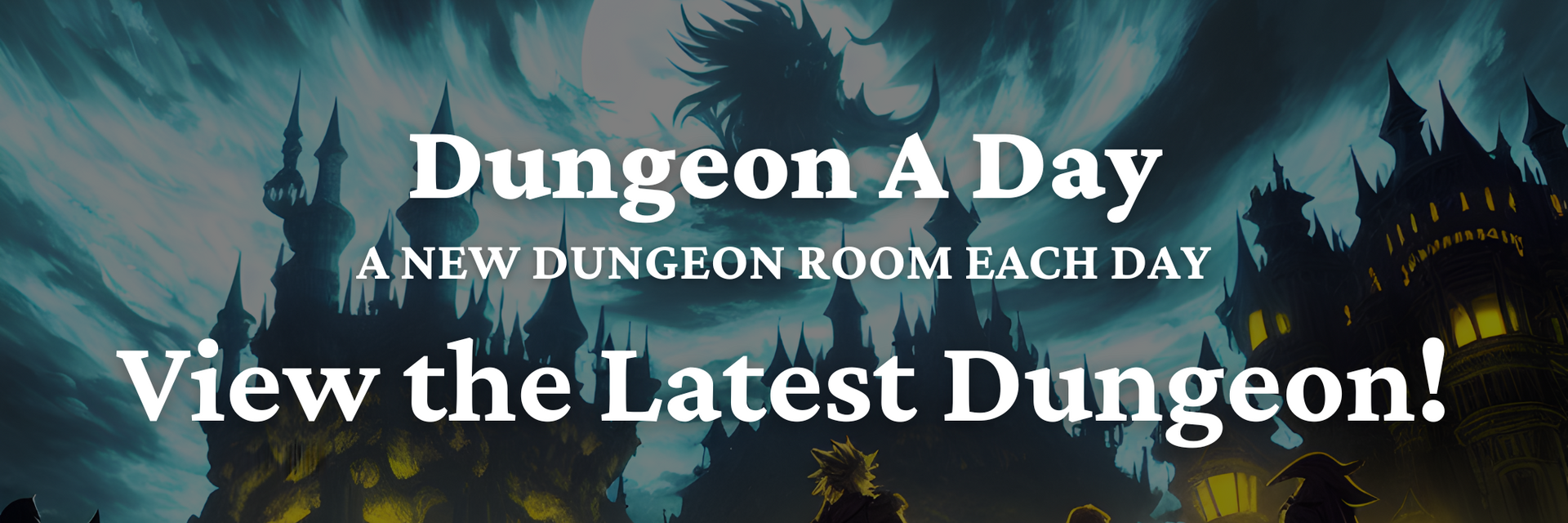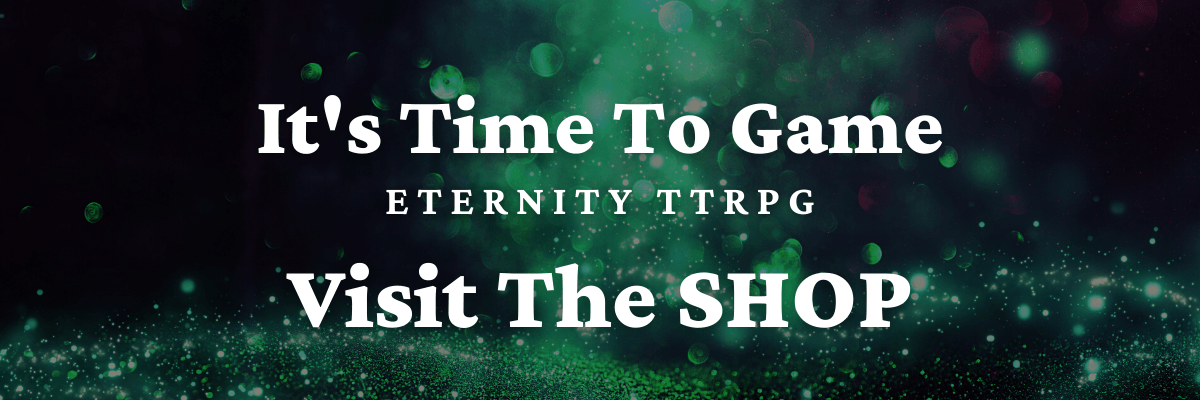Cure Wounds 5e: A Blessing or a Curse?
In any RPG you play, it’s impossible not to meet a character whose primary purpose in life is to heal their teammates. Let’s say the marksman is just one hit away from being slain. The healer can break that tension with a single move, and the team can keep going. Of course, healing differs in each RPG. But usually, a spell that helps restore precious hit points is often the weapon of choice for these healers, and in the case of Dungeons and Dragons, that spell is Cure Wounds.
Cure Wounds 5e is one of the hundreds of spells in the Player’s Handbook and one of the first that D&D beginners learn about. Well, not all beginners, but I’m pretty sure many will agree. Cure Wounds 5e was one of the first spells I learned. And after years of playing D&D in both DnD One Shots and RPG Campaigns, I’ve witnessed pretty significant changes in the role of the spell.
So, let’s get into what Cure Wounds 5e actually is and how it can affect your adventures.

What Is Cure Wounds 5e?
Cure Wounds 5e is a spell that allows a character to heal themselves or another target. It has a variety of uses, from healing an injured character after a fight, to topping off the party’s hit points before they embark on their next journey. Basically, it's the bread-and-butter spell that prevents a TPK.
According to the Player’s Handbook (page 230), Cure Wounds provides the following effect:
“A creature you touch regains a number of hit points equal to 1d8 + your spellcasting ability modifier. This spell has no effect on undead or constructs.At Higher Levels. When you cast this spell using a spell slot of 2nd level or higher, the healing increases by 1d8 for each slot level above 1st.”
The spell’s stats are as follows:
- Casting Time: 1 action
- Range: Touch
- Components: V, S
- Duration: Instantaneous
How Does Cure Wounds 5e Work?
It’s not really that complicated. You simply spend an action topping off another creature with sweet, sweet hit points. The amount depends on your spellcasting ability modifier and the level of the spell slot you’re using.
So, for example, your friend is unconscious. You can cast Cure Wounds 5e on them, and they will regain 1d8+ your spellcasting ability modifier hit points. If you use a higher-level spell slot, the healing increases. And just like that, your friend is back on their feet and ready to continue the adventure.
Of course, the spell has its limitations, like any other. It won’t work on undead or constructs, and to be honest, it doesn’t really heal all that much. So, you must be careful when using it in certain situations. In all reality, it’s pretty great between battles, but due to its limited amount of healing, it’s a bit underwhelming during combat.
Which Classes can Cast Cure Wounds?
Now, here’s where the Cure Wounds 5e plot twist comes in. This staple healing spell has changed throughout the years, so I’m here to help you keep up.
Previous Editions of D&D
Cure Wounds used to be the “Cleric” spell. In my D&D journey (which I’m sure is similar to other players), I was the Cleric more times than I can count, especially when I was a beginner. It’s unsurprising; Clerics used to be the only class with access to Cure Wounds, because it’s what they do. They cure wounds, and they heal.
I didn’t necessarily want to be the Cleric again and again, but it was the easiest class to play as a beginner. Basically, I just had to save the day, each and every adventure, with a few heals and buffs now and then while the rest of my team did the real work. So, Cure Wounds was the main spell. Honestly, many times, it could feel like the only spell.
D&D 5th Edition
Enter D&D 5e, and Clerics have turned into more than doctors, nurses, and healers; they’ve now become more fleshed-out characters, meaning that Cure Wounds 5e is no longer a major limitation for them.
Nowadays, Artificers, Bards, Clerics, Druids, and Paladins access the spell at level one. When the Rangers are at level two, they can access the Spellcasting feature and take the Cure Wounds 5e, too. It’s also possible for Divine Soul Sorcerers and Celestial Warlocks to access Cure Wounds.
Now, that list makes Cure Wounds 5e a spell that’s accessible to a variety of classes. It’s no longer limited to the “Cleric spell” as it was in the past. Is that a good or a bad thing? We’ll get to that soon…
When You Should Go for Cure Wounds 5e
Clueless players would say, “I’ll use Cure Wounds 5e whenever I need it, or my party needs it.” Who wouldn’t want to be a glorified healer, right? But keep in mind that Cure Wounds 5e takes one full action to cast. What I’m getting at is that you could use that one full turn for something else – something more… important.
Don’t get me wrong, healing is important. But for D&D 5e specifically, there are many more significant actions than healing (an average of) 4HP per spell level. As a result, knowing when you should NOT cast Cure Wounds becomes more crucial, actually, than knowing when you should cast it.
So, here’s a rule of thumb: if your allies aren’t unconscious or really, really, really close to becoming unconscious, use your action for other spells, instead.
If your party can pick off enemies in one go, pick them off and reduce their damage per round, instead of healing. And for Paladins, the Cure Wounds 5e is available, but you also have Lay On Hands, which probably offers a better heal anyways.
Remember, in D&D 5e, your spell slots are extremely limited, so save as many as possible to instead unleash truly meaningful spells like Divine Smite. In short – at least during combat – it’s honestly best not to cast a Cure Wounds 5e spell at all…
One major exception is if you happen to enjoy Single Player DnD. If so, then having a spell like Cure Wounds 5e is probably your best friend, and you can essentially ignore all of the downsides of the spell, as it will at least keep you alive!
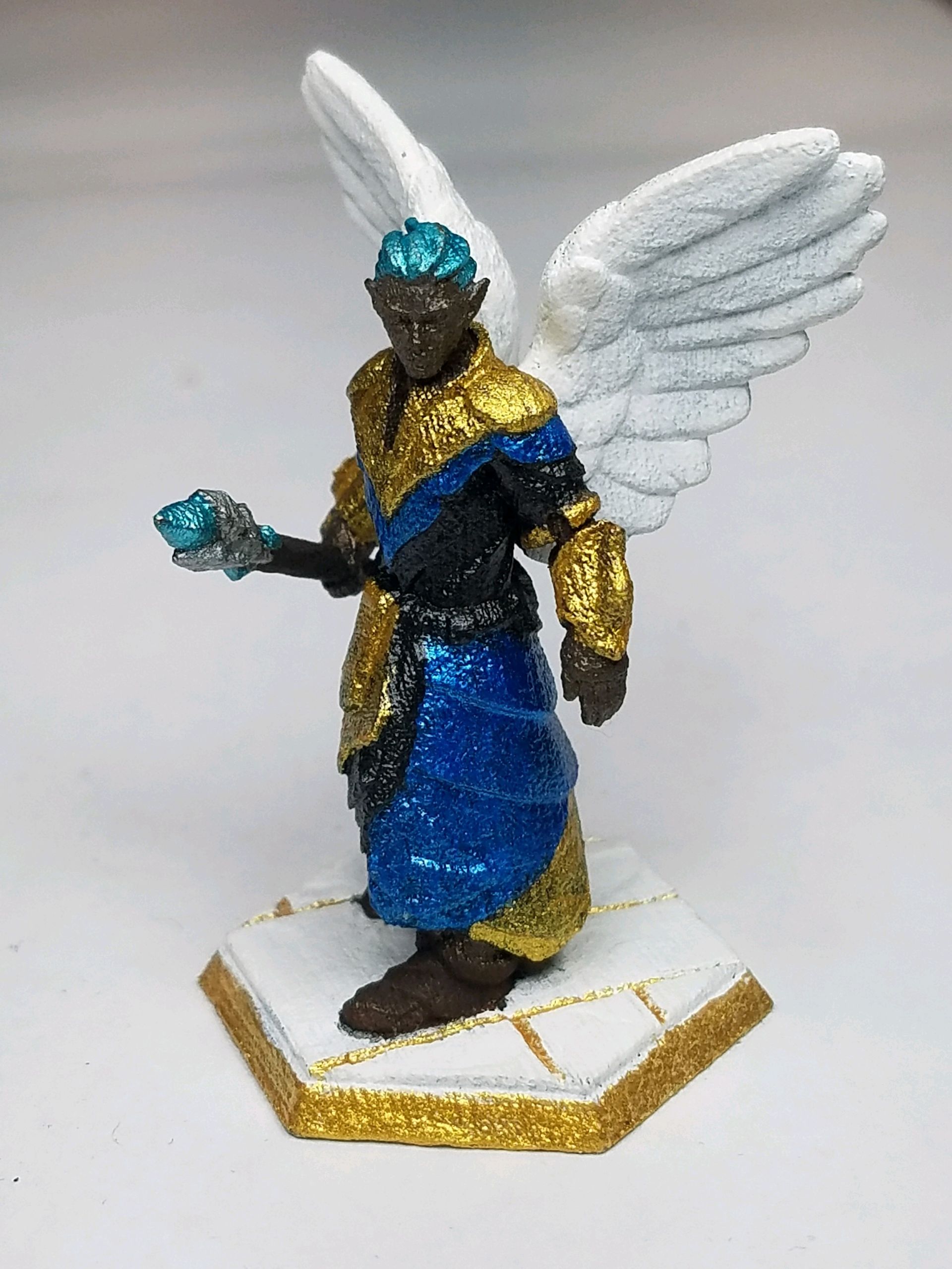
Similar Spells to Cure Wounds 5e
Speaking of spells that are significantly more meaningful than cure wounds, there’s another spell that players interested in healing should instead consider: Healing Word. The Player’s Handbook (page 250) says:
“A creature of your choice that you can see within range regains hit points equal to 1d4 + your spellcasting ability modifier. This spell has no effect on constructs or undead. At Higher Levels. When you cast this spell using a spell slot of 2nd level or higher, the healing increases by 1d4 for each slot above the 1st.”
And when it comes to stats:
- Casting Time: 1 bonus action
- Range: 60 feet
- Components: V
- Duration: Instantaneous
If your goal is to keep your allies alive, we can compare the two spells and immediately know which one is more practical.
Healing Word has a longer range than Cure Wounds 5e (which requires you to be close to the target). If it only takes one point of magical healing to keep an ally in the fight, casting the Healing Word instead of Cure Wounds allows you to heal someone without putting yourself in danger. That’s impossible with Cure Wounds 5e, as you have to literally touch your front-line tanks in order to provide them with healing.
Additionally, Healing Word is a Bonus Action 5e, meaning that it can be cast in addition to taking another action during a round. Meanwhile, Cure Wounds 5e requires – as I mentioned before – an entire action to cast.
The only downside is that not all classes have access to Healing Word. In fact, there are much fewer casters who can access it than Cure Wounds!
Ultimately, when choosing your healing spells load-out, it’s all about knowing when to use each spell and when not to use them.
Bottom Line: Is Cure Wounds 5e Good?
At this point, you might wonder if Cure Wounds 5e is still useful at all. There seem to be more disadvantages than advantages to casting it, regardless of if you’re a Cleric, Ranger, or any other type of caster.
Well, Cure Wounds 5e is still helpful in some situations. Remember, dead allies can’t help you win the game, so any healing spell is better than none, if it allows you to keep your allies active. Plus, when your ally drops to 0HP, they actually have a chance to die, which – yes – is a bummer.
Finally, Cure Wounds 5e is still a great healing spell to use in between combat encounters. If your adventuring party is exploring a cavernous dungeon, where many battles await, it’s always useful to heal everyone up between each battle.
To Cure or Not to Cure
Cure Wounds 5e can be a blessing or a curse, an opportunity or a trap, and a boon or a bane, depending on your use. If you can see the bigger picture and make smart decisions, Cure Wounds 5e can be a lifesaver for your party. On the other hand, if you just use it as a “healing spell,” you could be doing more harm than good.
When healing, you also need to be very wary of enemies with spells such as Silence 5e, Cause Fear 5e, and Charm Person 5e. If you as the healer get caught in any kind of incapacitating effect like these, even if you're in a situation where healing would be a great choice, you may run into some major problems without other healing effects available to you as backups.
Bottom line: you and your allies will need healing at some point. In the past, Cure Wounds might’ve been the default spell, but hey, times have changed. And still, Cure Wounds 5e remains a reliable healing spell in the current edition of D&D.

You know how some people on Pinterest create "Healing Potions" out of red liquid in small glass jars? Why not get some fancy yarn and some sheets of paper to create "Healing Scrolls?"
Healing in D&D 5e vs. Eternity TTRPG
In D&D, as with most TTRPG systems, video games, and everything based on the RPG genre, healing is a vital part of gameplay. Entire classes are designated as “healers,” and though specifically the cleric class isn’t a must-have for modern D&D parties, per-se, the role itself is still so important that the game basically can’t be played without them.
In fact, the only restriction to healing in D&D 5e is that healing spells take up limited-availability spell slots, and healing items are often consumed upon use.
Healing in the Eternity TTRPG game system is actually very different, as no healer is required. Having methods of healing is still important and valuable, especially for game sessions, adventures, and dungeons where multiple fights take place, often back-to-back. However, healing in Eternity TTRPG isn’t as “unlimited” as it often feels in other RPGs.
In the Eternity TTRPG game system, healing is quite a bit more powerful than most attacks can deal in damage. However, every heal gives the target “Fatigue” from the accelerated healing, which lowers all of their defenses.
What Classes in Eternity TTRPG can Cure Wounds?
Of the 30 classes in Eternity TTRPG, fully 9 of them offer some kind of healing spells or abilities:
- Alchemist
- Dread Priest
- Druid
- Fallen Paladin
- Paladin
- Sage
- Summoner
- Vampire Mage
- Witch Hunter
In Eternity TTRPG, I didn’t want any single player to feel like they had to be the “healer” for the group, and then get stuck casting cure wounds every turn in battle. Instead, many classes have some way they can heal themselves or allies, and then players have a choice to specialize in one or more of their healing powers, if they want.
Since there are too many cure wounds-like spells and abilities in the game to list, here’s a sample of some of the game’s most iconic core class healing effects. You can tell with even a brief look that each class has highly specific ways of providing HP restoration.
Druid – Core Class Spell
Seed of Healing (Magic): 4Range, on every one of the target’s turns, roll d20. If you roll 18-20, they heal +1HP. This spell allows the affected target to heal 1HP above their normal max HP. Every time your target heals with this effect, they are also Fatigued, giving -1Resilience, -1Dodge, and -1Will for 1Day Duration (can stack without limit). You can instead choose to continually maintain this spell for 2Inspiration.
- (Nature’s Wrath) You gain either +4Strike Bonus or +4Faith against the first enemy that attacks the target of this spell. You can instead choose to continually maintain this critical for 5Inspiration (and 0Wisdom).
- (Nature’s Healing) Roll 15-20. You can instead choose to continually maintain this critical for 4Inspiration (and 0Wisdom).
- (Primal) Instant Action. Your target also gains +1Speed while affected by “Seed of Healing.” When you use this critical, you can’t use any more Wisdom this turn. 1turn Recharge.
Paladin – Core Class Spell
Peacekeeper (Magic): 4Range, every time the target is attacked, roll d20. If you roll 18-20, they heal +1HP. This spell allows the target to heal 1HP above their normal max HP. You can only cause healing with this spell once per turn, per affected target. Healing from this effect also Fatigues the target, giving -1Resilience, -1Dodge, and -1Will for 1Day Duration (can stack without limit). You can instead choose to continually maintain this spell for 2Inspiration, per target.
- (Divine Sword) When your target is attacked, you also gain either +4Strike Bonus or +4Faith, at your choice, against their attacker for the next attack you make against them. You can instead choose to continually maintain this critical for 5Inspiration (and 0Wisdom), per target.
- (Healing Light) Roll 15-20. You can instead choose to continually maintain this critical for 4Inspiration (and 0Wisdom), per target.
- (Self-Sacrificing) Up to 3 allies in 4Range. You also gain +4Resilience, +4Dodge, and +4Will for 1turn.
Sage – Core Class Spell
Blessed Light (Magic): 4Range, the target heals +1HP. This spell allows the target to heal 1HP above their normal max HP. This effect also Fatigues the target, giving lowered Resilience, Dodge, and Will for 1Day Duration (can stack without limit).
- (Darkness and Light) Also, up to 3 enemies in 4Range of your target, -7Faith vs. Will, deals 1light damage (deals 2damage to Shadow Aura units).
- (Secrets of the Ancient Tomes) You can still cast this spell while Dazed, Locked, or Silenced. Also, roll d20. If you roll 15-20, you also remove that effect from yourself.
- (Powers of the Eternals) +2HP. This critical allows the target to heal 2HP above their normal max HP. This effect also Fatigues the target.
Vampire Mage – Core Class Spell
Drain Life (Magic): 4Range, -5Faith vs. Will, deals 1damage and heals any ally in 4Range, +1HP. This spell allows the target to heal 2HP above their normal max HP.
For every stack you have of “Blood Healing” from casting “Blood Funnel,” “Blood Rush,” or other effects, you gain +4Faith when casting “Drain Life.” Each stack has a one-time use, but lasts for 1Hour Duration or until use. You can use as many stacks as you’d like at a time.
Healing from “Drain Life” also Fatigues the target, giving -1Resilience, -1Dodge, and -1Will for 1Day Duration (can stack without limit).
(Double-Hit): heals +2HP (but still only deals 1damage). This Double-Hit effect also Fatigues the target, giving -2Resilience, -2Dodge, and -2Will for 1Day Duration (can stack without limit).
- (Blood Magic) +3Faith vs. Will.
- (Drain) Even if this spell misses, +7Faith vs. Resilience, gives -3Speed. This critical effect cannot Double-Hit or give a Block.
- (Vampire’s Coven) Up to 2 enemies in 4Range. Any stacks of “Blood Healing” used with this critical only give +2Faith each, instead of +4. *Double-Hit with this critical only allows one of the attacks to cause additional healing.
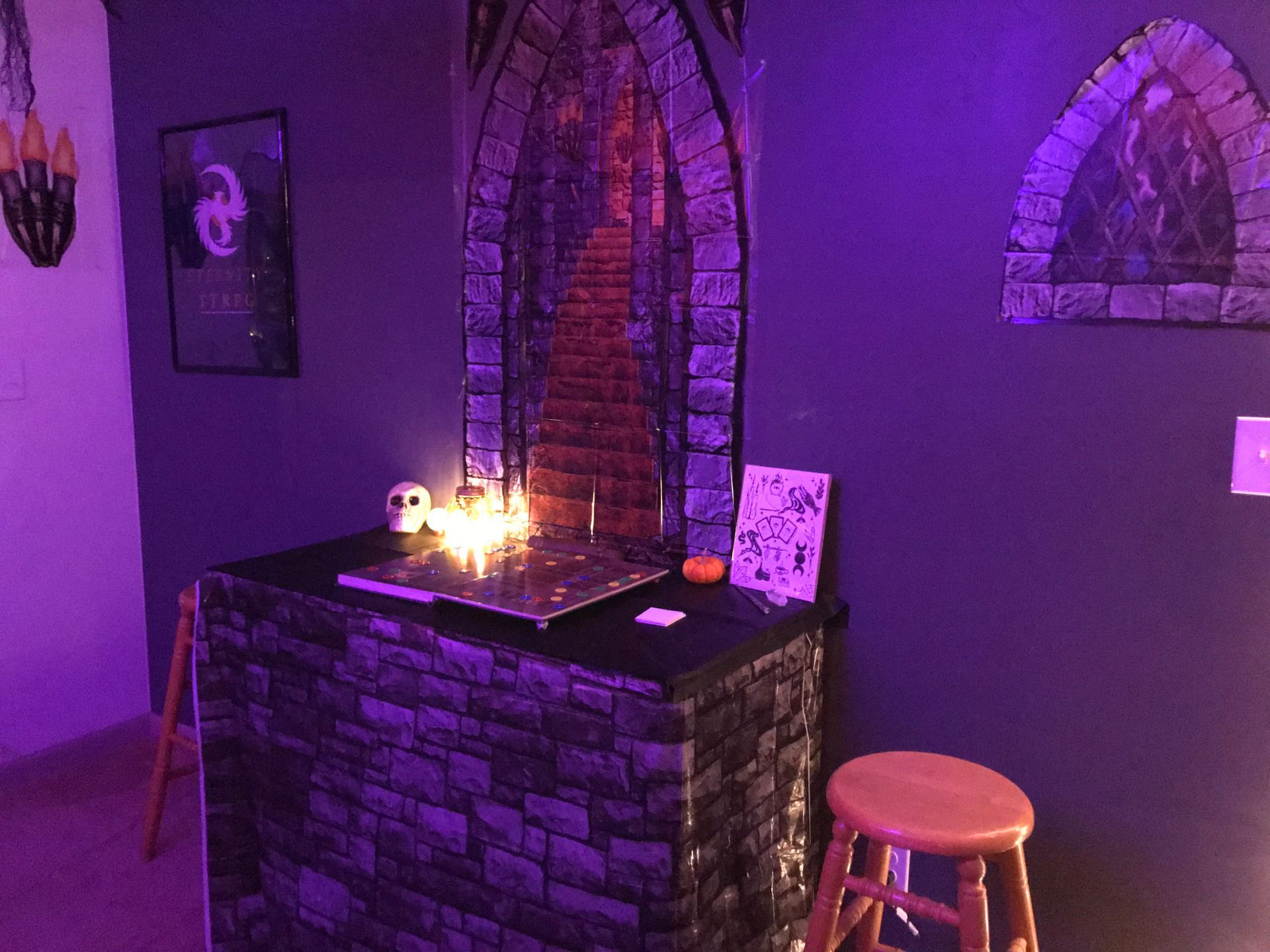
Making the Most Out of Healing in Eternity TTRPG
In the Eternity TTRPG game system, since (almost) all healing effects give the target some degree of Fatigue, it’s actually often best to only provide healing when they’re at low HP. Some effects, like “Seed of Healing” and “Peacekeeper” from the examples above, are useful to cast throughout the battle, as the amount of Fatigue they give is so low, but spells like that are typically the exception.
Since healers don’t provide as much benefit in Eternity TTRPG when healing targets who are at nearly full HP, they can save their cure wounds spell actions for later into a battle. This allows them to cast all kinds of other spells in the meantime.
When it comes to RPGs, healing is really only fun when you’re saving yourself or an ally from death. The excitement comes when your target’s at low HP, and you give them a huge heal. However, healing isn’t that fun up until that point. That’s why in Eternity TTRPG, healers get their real value when saving an ally’s life – when the Fatigue doesn’t matter as much. Otherwise, they’re free to play their character however they want, using all the other spells, abilities, and actions available to them, as they’d like.
Curious about the Eternity TTRPG Game System?
Healing is a huge topic in any TTRPG. It can be amazingly fun to play as the healer for a group, but as you probably already know, it can be a huge drag, as well.
So, why not try the Eternity TTRPG Game System, where you can play a heroic healer, but still play the overall character you want to play? Eternity TTRPG will never lock you into spam-casting cure wounds.
Already interested in the game, based on what you've read? Pick up an inexpensive PDF copy at the Eternity TTRPG shop. Eternity is a growing company, so your support is greatly appreciated! Let me know what you think of the game, and happy gaming.
Dice, Dungeons, Games & More - Eternity TTRPG
Share This Article
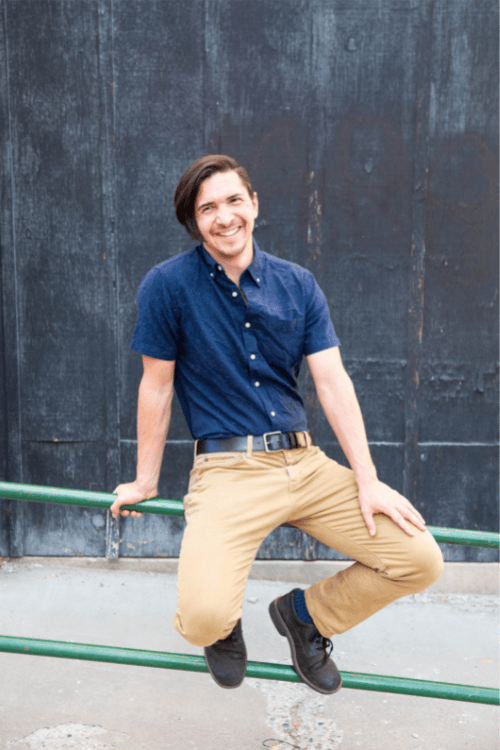
Author - Jacob Tegtman
Dear reader, I hope you enjoyed this article. Tabletop gaming has been a passion of mine since I was 6 years old. I've played just about every game from Dungeons and Dragons to video games like Final Fantasy. These games have inspired me, made me laugh, made me cry, and brought me endless hours of enjoyment.
I started Eternity TTRPG - and the indie tabletop game that goes along with it (Eternity Shop) - to share my love of gaming with others. I believe that in our technology-driven age, tabletop games help bring a sense of magic and community back into our world.
If you love the site, please share it with others! I have lots of gaming-related material for you to peruse and use in your own gaming sessions. If you have any questions about the site or want to contribute, just send me a message using the "Contact" page, which you can find in the site's footer.


